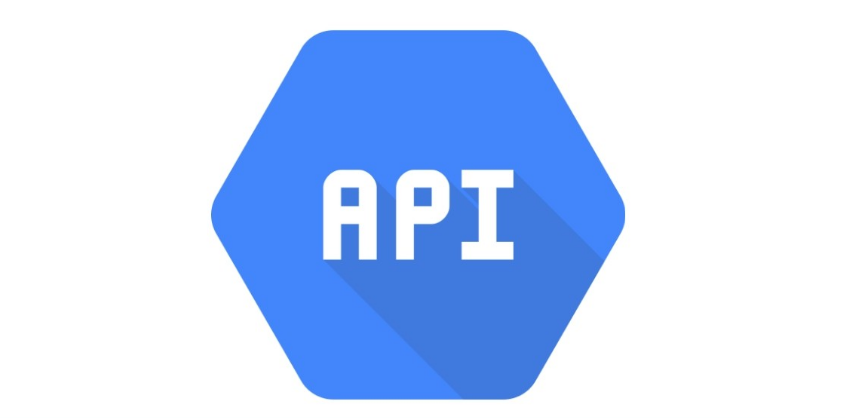
We are going to explain what APIs are and what these protocols are for, which are a fundamental part of the operation of current applications and websites. Surely you have heard about them more than once when a certain popular service places a limit on its API or creates new ones to extend its use in other applications.
We are going to start by explaining to you in the simplest way that we can what exactly an API is and what its main uses are. Then, we will finish with some examples with which you will be able to get an idea of what they are for and how they are used in practice.
What is an API
The term API is an abbreviation for Application Programming Interfaces, which in Spanish means application programming interface. It is a set of definitions and protocols used to develop and integrate application software, allowing communication between two software applications through a set of rules.
Thus, we can speak of an API as a formal specification that establishes how a software module communicates or interacts with another to fulfill one or many functions. It all depends on the applications that are going to use them, and the permissions that the owner of the API gives to third-party developers.
If you’ve come this far, it’s because you’ve heard about these APIs but you don’t quite understand how they work. That is normal because they are never on the surface of a web or application. They are not the visible part, but the internal circuits that only developers see and connect to make a tool work.
For a normal user, the only thing you are going to see from an API is the results, how you open a mobile game and you can connect to your Facebook account to log in, or how you can post the results of a game on Twitter. Or when that application sends you notifications to your mobile or computer.
As we have said before, APIs can have both one and several functions and can become authentic toolkits. When this happens, your application may send a request to it with a particular structure, and this structure will determine how the service or software you are sending that request to will respond.
They can be private for company use, open only to partners, or public for any developer to interact with or create their APIs for them to do. They can also be local APIs for applications that communicate within the same environment or device, or remote for when you have to access a different point.
It also allows non-open source services to let others use specific features of their applications or services without having to provide them with all the code. These third-party developers will be able to use a feature without having to know how the processes that make it possible work internally.
What is an API for?
One of the main functions of APIs is to be able to make the work of developers easier and save them time and money. For example, if you are creating an application that is an online store, you will not need to create a payment system or another from scratch to check if a product is in stock. You can use the API of an existing payment service, for example, PayPal, and ask your distributor for an API that allows you to know the stock they have.
With this, it will not be necessary to have to reinvent the wheel with each service that is created, since you will be able to use parts or functions that others have already created. Imagine that each online store had to have its payment system, for normal users, it is much more convenient to be able to do it with the main services that almost everyone uses.
They are also useful when you just want to deliberately use the features of a certain service to offer benefits to its users or to entice users of that service to use your app.
For example, if you want to create an app that connects to posts on Twitter, you’ll need to connect your app to the service using the API that Twitter has available to developers. And if you want this application to communicate with the notification bar of an operating system, then it will also need another API of the operating system.
If not, think about when you are going to buy a ticket through the website of a movie theater. When you enter your card information, the web uses an API to remotely send that information to another program that verifies if your data is correct or if it is an invented card. Once verified, this remote program tells the web that everything is in order, and it already issues your tickets.
Another classic example is that of third-party applications to connect to a service. For example, social networks like Twitter or Reddit allow applications other than the official ones to be created to connect to them. These applications will need the APIs of the social networks to be able to show you the information and the internal mechanisms that make them work.
In these cases, the APIs may allow these services or social networks to limit what features they want third-party applications to be able to use. For example, it has been reported many times that Twitter hinders these developers by making the APIs limit the number of users who can use them.
Sometimes other services deliberately create APIs to be used by third parties for specific tasks, thus extending their use and popularity by creating new features. For example, Google created one for Google Docs which allows the automated creation of invoices or sales reports to other services.
And finally, another example. Think of all those services that work online with the information in the cloud. Well, to be able to do that, you don’t need to set up your servers, but use the APIs of cloud services from companies like Google, Amazon, or Microsoft to be able to use theirs.

Sharlene Meriel is an avid gamer with a knack for technology. He has been writing about the latest technologies for the past 5 years. His contribution in technology journalism has been noteworthy. He is also a day trader with interest in the Forex market.










